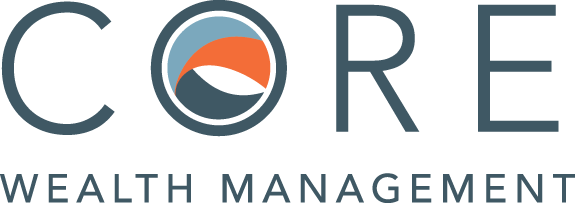The financial press had a field day with headlines in 2015. In the fourth quarter alone, we were greeted with news stories about plummeting oil prices, a sharp slowdown in China, and the first Fed interest rate hike in more than a decade. At one point during the year, the S&P 500 was down 12% from peak to trough, a decline that was mostly concentrated in just four trading days in August.
When we take a step back, however, we see that stocks were down just slightly for the year. Disappointing? Yes. But the year was hardly a catastrophe for investors. Below is a table of investment returns for five blended market indices as of December 31, 2015:

A Closer Look at the Headlines of 2015
Let’s take a closer look at a few of the biggest headlines of 2015:
China slowdown: Yes, the Chinese economy slowed down, but should this really be a surprise? For much of the last 35 years, the Chinese economy has been growing at about 10% per year, compared to the US, which grows at about 2% per year on average. While this growth has transformed China, that rate of growth couldn’t go on forever, and everybody knew that.
The Fed’s interest rate hike: While it was true that the Fed’s interest rate increase was the first in about a decade, the increase was from zero percent to a mere 0.25%. And more importantly, this move had been long anticipated by the market. Perhaps this is why interest rates on Treasury bonds traded in the market barely budged following the Fed’s announcement.
Oil price decline: Perhaps the biggest story of the year was the continued plunge in the price of oil. Oil prices, which started the year in the $50/barrel range, and had been above $100/barrel for much of 2014, have now dipped below $30/barrel. This steep decline is causing a disruption in the energy sector, especially among certain oil and gas companies whose projects are now at serious risk of going bust. While this will have a real impact, there is an obvious silver lining. Less expensive oil and gas is good for just about everyone else. Consumers and business that are spending less on energy are free to invest in other and perhaps more productive uses, which is undoubtedly good for the economy in the longer run.
Looking Forward
So what is an investor to do? We as investors should be confident that the negative news we observe in the headlines has been factored into current prices, and that we are being compensated with the expectation of higher returns in the future. But what about the risks that are unknowable at this time but will reveal themselves in the future?
Since we have no crystal ball, the only way to handle the unknowable is by diversifying and adhering to a long-term investment strategy. In our opinion, there is no other reliable way to deal with the unknown. Every other approach is just guesswork.
So when doubts creep in, patience begins to subside, and the onslaught of negativity starts to wear on you – remember that as long as you are adhering to a long-term investment strategy in pursuit of a financial goal, you have it covered. The answer to the question “what should I do now” has already been answered.
